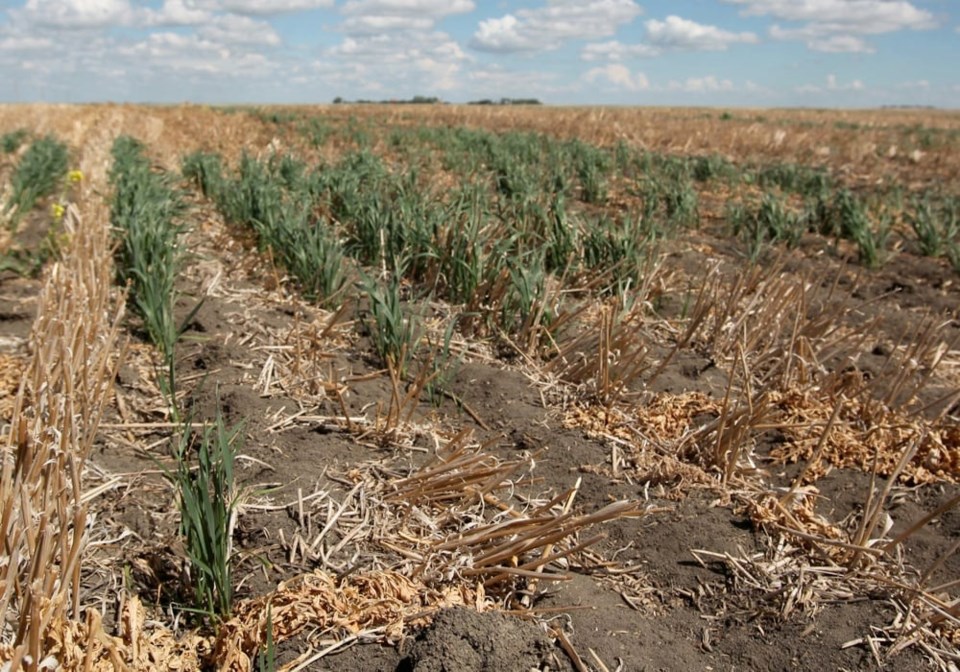WESTERN PRODUCER — South American crop production should benefit from the El Nino weather phenomenon that is expected to be in place through the northern hemisphere winter, says an analyst.
It will be a welcome reprieve from three consecutive years of La Nina, especially in Argentina, which is still recovering from the worst drought in 60 years.
“Their soil moisture has not been recharged, so they could use some moisture,” said Michael Cordonnier, editor of the Soybean and Corn Advisor newsletter.
Argentina’s corn production fell 31 percent year-on-year in 2022-23, while its soybean output plummeted 43 percent. Both crops are expected to rebound in 2023-24.
Most meteorologists forecast that Argentina will start getting good moisture by October.
The United States National and Atmospheric Administration said it believes there is a 95 percent chance that El Nino will last through February.
NOAA thinks there is a 66 percent chance it will be a “strong” event, with temperatures exceeding the normal
November through January seasonal average temperature by at least 1.5 C.
South America’s corn and soybean production helps set the tone for global grain and oilseed prices.
Cordonnier said the outlook for Brazil is more of a mixed bag than Argentina.
Conditions in southern Brazil during La Nina’s three-year reign were much the same as they have been in Argentina, so forecasts for above normal rainfall over the next three months is welcome news in that part of the country.
However, it could cause poor quality wheat in southern Brazil, which will be harvested in September and October.
The rains are already falling in Parana, Santa Catarina and Rio Grande do Sul.
“It’s a different story in central Brazil,” said Cordonnier.
States like Mato Grosso and Goias get drier than normal weather in the November through January period during El Nino years.
“That’s right during the reproductive period for soybeans in central Brazil,” he said.
Half of the country’s soybean crop is planted in the area that could turn dry starting in November.
Cordonnier said the worst-case scenario is that there is sufficient soil moisture to plant the crop in September or October and then the taps turn off during flowering in November and pod-filling in December and January.
“If you don’t have cloud cover, it can be really hot and dry and the soils can’t hold water very well, so it can dry out very fast,” he said.
Cordonnier said his biggest concern is the soybean crop in central Brazil, but El Nino could also affect the second corn crop in that region of the country.
If it is dry in that November through January period, farmers in central Brazil will face a shortfall of moisture during the safrinha corn planting period.
“Late planted safrinha corn is at a greater risk of low yields,” he said.
But that is a long way off. Brazilian farmers are still planting their first crop of corn, with 7.3 percent in the ground as of Aug. 29, according to AgRural.
You can no longer count on social media to deliver important news to you. Keep your news a touch away by bookmarking SASKTODAY.ca's homepage at this link.
Here's why you should bookmark your favourites.
Subscribe to SASKTODAY.ca newsletter to get our daily news to your inbox.

